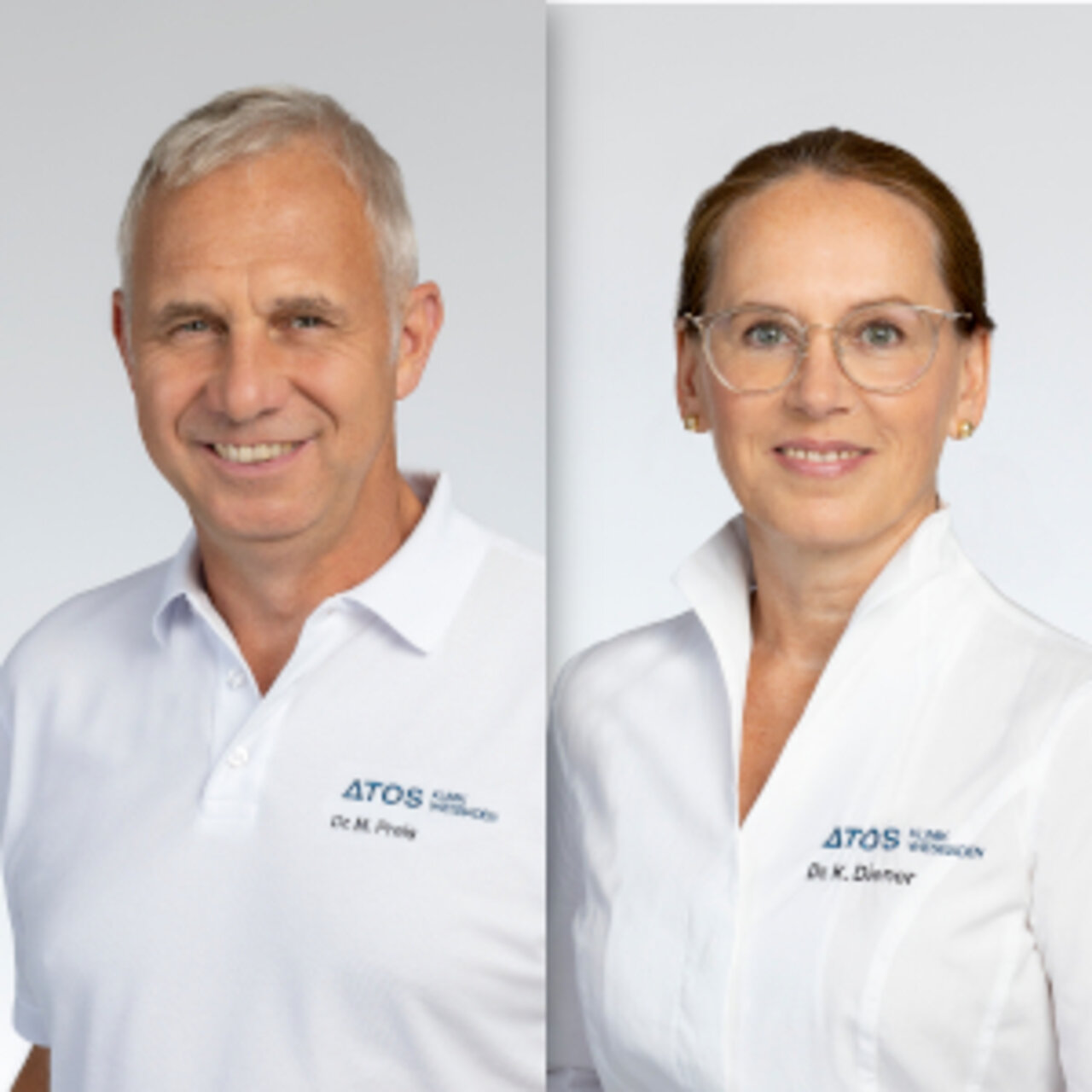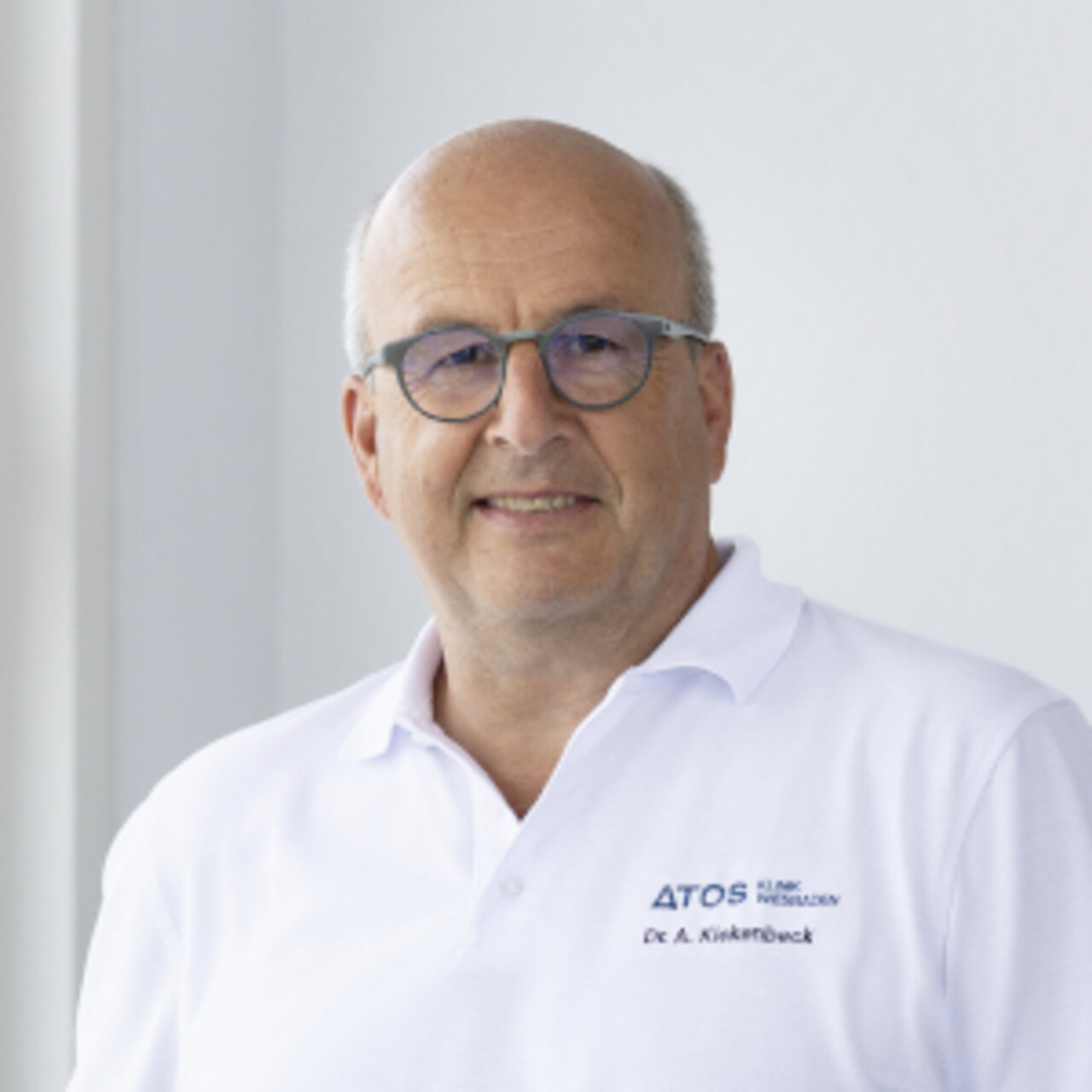Specialists in Elbow prosthetics
6 Specialists found
Information About the Field of Elbow prosthetics
What is an Elbow Prosthesis?
An elbow prosthesis replaces the human elbow joint either entirely or only partially. These prostheses are used when the elbow cartilage is destroyed or worn out to such an extent that conservative and non-surgical treatments no longer an option. As a result, pain and immobility are disturbing for most patients, so they decide to undergo surgery. Triggering factors are injuries, inflammation, or degenerative diseases such as elbow arthrosis.
When Should a Patient Decide in Favor of an Artificial Elbow Joint?
Usually, elbow prostheses are only considered a "worst-case scenario", when conservative methods such as medication to relieve pain or physiotherapy to maintain movement can no longer help. An artificial elbow joint’s job is to imitate and completely replace the form and function of the natural elbow. In addition, the elimination of pain and the elbow’s mobility are among the goals of a prosthesis.
The Different Types of Elbow Prostheses
There are total endoprostheses, in which the entire joint is replaced, and partial endoprostheses, in which only a specific part of the elbow joint is replaced. Usually, only the humeroulnar joint, the hinge joint between the ulna and the humerus, is implanted and replaced. Depending on the clinical picture, degree of wear and tear, and the condition of the ligamentous apparatus, there are three "degrees of coupling" an elbow prosthesis. There are the uncoupled elbow prosthesis, the partially coupled prosthesis, and the axis-guided or rigid elbow prosthesis. Each prosthesis consists of different components and is, therefore, individually adaptable to each patient and his or her needs. It depends on many parameters such as age, state of health, activity, clinical picture, bone quality, and the patient's lifestyle, which prosthesis is chosen.
The Uncoupled Prosthesis
An uncoupled elbow prosthesis usually only replaces the surface portion of the humeral head and ulna. The individual components are not connected by a hinge but are freely movable. It is always the choice when pain and movement restrictions due to advanced arthrosis have occurred. Since this is mostly the case in elderly patients, who often also have rheumatoid arthritis, a stable hold by a functioning ligamentous apparatus must be guaranteed to implant this prosthesis. The uncoupled elbow prosthesis is also advantageous for younger patients because it shows less loosening and signs of wear over the years than coupled prostheses.
The Coupled Elbow Prosthesis
A coupled elbow prosthesis is connected by a hinge joint. Depending on how many parts are connected, it is referred to as a semi-coupled or a totally-coupled prosthesis. Coupled prostheses generally offer more stability than uncoupled prostheses. If, in addition to the elbow joint’s surface, the ligamentous apparatus is also severely damaged, a pure surface replacement with an uncoupled prosthesis is no longer sufficient, so that a coupled prosthesis must be used. Since the wear rate is higher with coupled prostheses, these should only be used on older patients. The estimated age of the eligible patients in question is over 60 years.
Components of an Elbow Prosthesis
Because the prostheses are worn inside the human body, they must meet specific biological criteria. The most important criteria are excellent body compatibility and long durability. Rejection reactions or allergic reactions must, therefore, be urgently prevented. Furthermore, the material must not corrode and must function without wear over a long period. Metals, titanium, and special plastics (polymers and polyethylene) are consequently used.
Generally, only the joint between the humerus and ulna is replaced. Up to two components (an ulnar component and a humerus component) can occur, depending on whether a partial or total endoprosthesis is implanted. If uncoupled prostheses are used, these two components are only "metal surfaces," which are applied to the joint surface. On the other hand, partially or totally coupled prostheses are firmly attached to the bone via a hinge joint. Besides, they can also provide axial guidance for the elbow joint, as is the case with totally coupled prostheses.
How is an Artificial Elbow Joint Implanted?
It is intended to secure the bone to the prosthesis during the implantation. For this purpose, it can be cemented in or inserted without cement by a force fit. In the nowadays rarely used cementless version, the prosthesis is secured in the bone by a force fit and supposed to grow together with the prosthesis over months. In most cases, however, an elbow prosthesis is implanted with the help of bone cement. The advantage of this variant is that, to a certain extent, new bone grows around the prosthesis, and the stability of the joint is guaranteed by more bone.
Whether a prosthesis is cemented or fitted without cement depends on factors such as the patient's age, state of health, and bone quality. The implantation process itself is a complicated procedure due to the elbow's complex anatomy, which can take between one and two hours. The surgery can be carried out under general or local anesthesia.
What are the Risks?
Since the implantation of an elbow prosthesis is a surgical procedure, certain risks and complications can occur during such surgery. These include, for example, thromboses, wound healing disorders, hematomas, infections, pain, and even intolerance reactions about which the patient is informed in advance and must agree to. Elbow prostheses can be revised due to various causes such as loosening, infections, and signs of wear in the course of further surgery (elbow revision).
Rehabilitation after Elbow Prosthesis Surgery
Mobilization and rehabilitation of the elbow is already being started during the hospital stay of up to two weeks. The physiotherapy follows directly after the hospital stay and the entire follow-up treatment lasts on average about three to four months.
Which Doctors and Clinics Are Experts in Elbow Prosthesis Surgery?
Since the implantation of an elbow prosthesis is a complex surgery, patients should consult an experienced orthopedic surgeon for elbow surgery. Especially the specialization in the field of elbow and shoulder surgery allows an orthopedic surgeon to gain experience as the number of operations increases.
We can help you find an expert for your condition. All listed doctors and clinics have been checked by us for their outstanding specialization in the field of elbow prosthesis and are awaiting your inquiry or treatment request.
Author :
PRIMO MEDICO Editorial office | Created on 19 June 2017 | Last updated 21 February 2020
Sources:





